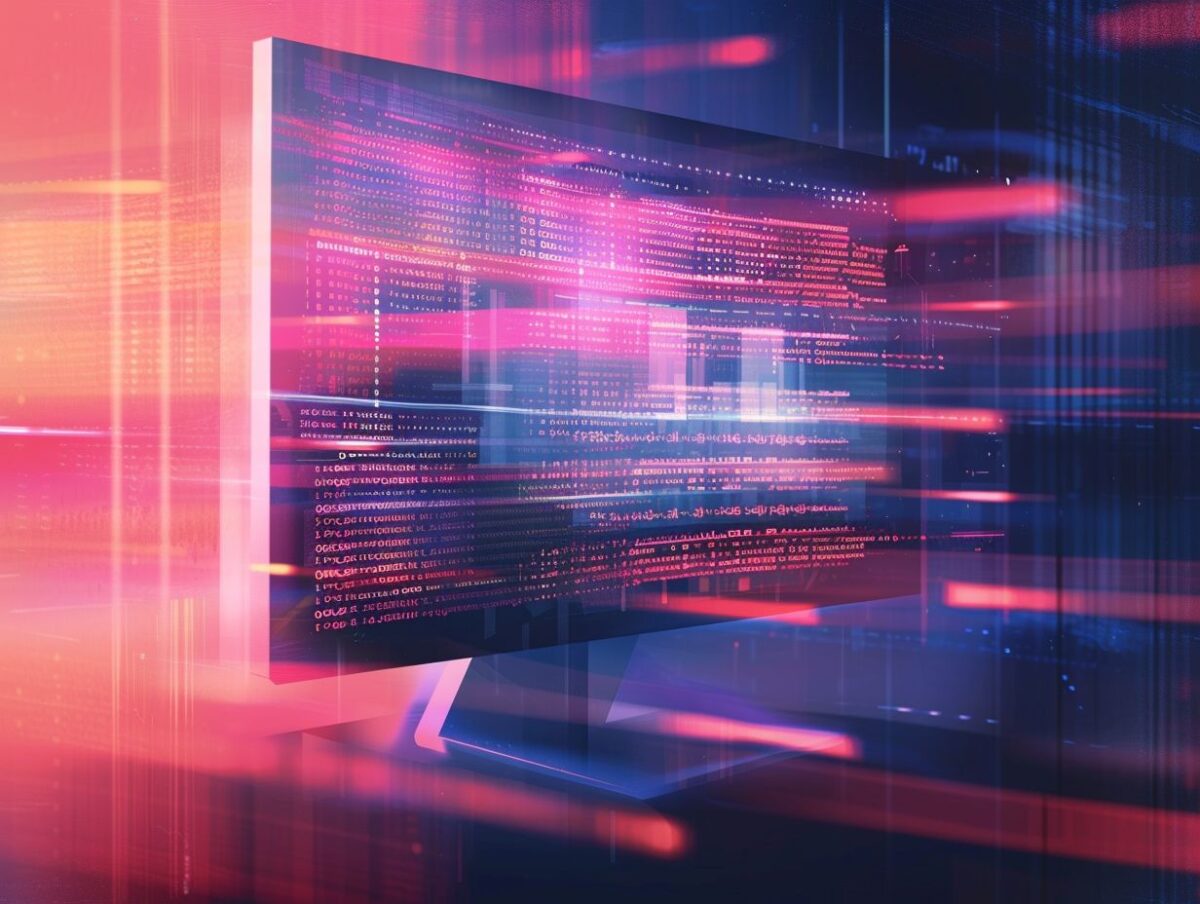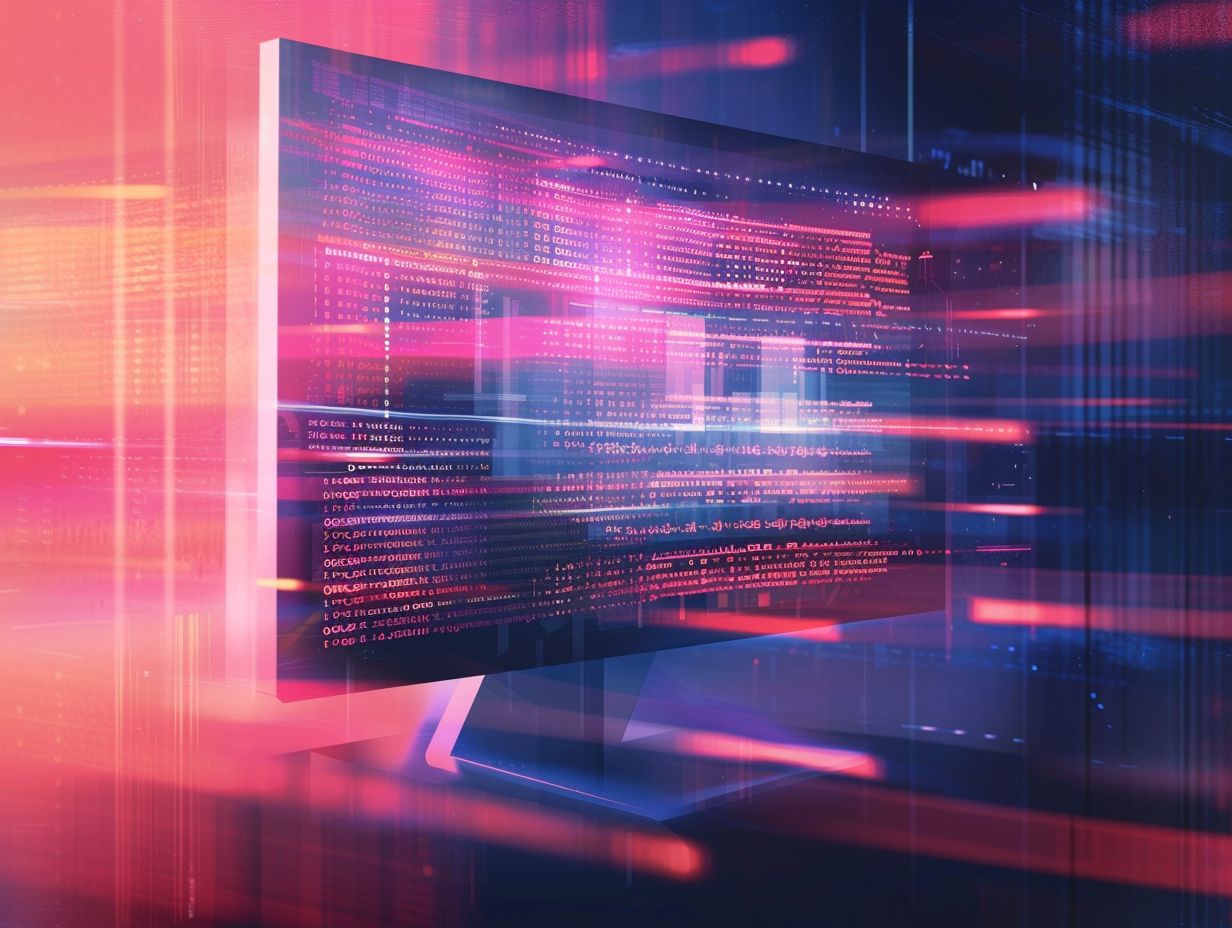Continuous Scannings Role In Proactive Cybersecurity

In the fast-paced realm of cybersecurity, staying ahead of potential threats is essential for you. Continuous scanning is a key component of proactive cybersecurity as it detects vulnerabilities in real-time and perpetually monitors for potential threats.
Throughout this article, you will investigate the definition and significance of continuous scanning, the value of proactive cybersecurity compared to reactive strategies, how continuous scanning supports proactive security measures, integrating continuous scanning into your security approach, and recommended practices to guarantee the security of your systems.
Now, let’s delve into the topic!
Key Takeaways:

Understanding Continuous Scanning
Understanding Continuous Scanning is essential in the realm of cybersecurity to maintain a proactive approach in safeguarding systems and data from evolving security threats. You must engage in the continuous monitoring of networks, applications, and infrastructure to detect vulnerabilities, security incidents, and potential breaches.
By implementing continuous scanning, organizations can proactively identify weaknesses in their systems before cyber attackers exploit them. Utilizing automated tools can help streamline the scanning process, allowing for real-time alerts for any suspicious activities. For instance, continuous scanning could have potentially prevented the Equifax data breach in 2017 by flagging the vulnerability that was ultimately exploited. Vulnerability management plays a critical role in this process, ensuring that identified vulnerabilities are promptly addressed and patched to mitigate the risk of successful cyber attacks.
Definition and Purpose
The Definition and Purpose of Continuous Scanning in cybersecurity revolves around the concept of real-time monitoring and vulnerability identification to mitigate security risks effectively. It serves the critical role of maintaining a proactive cybersecurity posture by utilizing automated tools to detect and respond to security threats promptly.
Continuous scanning plays a vital role in the defense against cyber threats by constantly monitoring networks, systems, and applications for any signs of potential vulnerabilities or breaches. By conducting regular scans, organizations can stay one step ahead of cybercriminals who are constantly evolving their tactics. Automated tools such as vulnerability scanners, network security scanners, and intrusion detection systems are commonly used in continuous scanning processes to streamline the identification and remediation of security issues in a timely manner. These tools help in reducing manual effort and increasing the efficiency of security teams in addressing threats.
The Importance of Proactive Cybersecurity
Implement proactive cybersecurity measures to enhance your organization’s security posture. Conduct comprehensive risk assessments, adhere to established security standards and best practices, and proactively monitor for potential cyber attacks. By doing so, you can effectively anticipate and address security vulnerabilities before they are exploited by cyber attackers.
Continuous risk assessments will help you stay ahead of emerging threats and ensure that your security controls are robust and up-to-date. Adhering to industry security standards and best practices is crucial for following recognized guidelines on maintaining a secure environment. Proactive security monitoring acts as a vigilant watchtower, promptly detecting and responding to any suspicious activities to minimize the impact of cyber attacks on critical systems and data.
Risks of Reactive Cybersecurity
The risks of relying on Reactive Cybersecurity are apparent in the lack of security resilience, delayed threat identification, increased response times to security incidents, and heightened exposure to evolving security risks.
When organizations depend solely on reactive cybersecurity measures, they often find themselves unprepared for sophisticated cyber threats that can exploit vulnerabilities in their systems. These reactive approaches struggle to keep up with the rapidly evolving threat landscape, making it difficult to detect and respond to security incidents promptly. This delay in response time can lead to severe consequences such as data breaches, financial losses, and reputational harm.
Therefore, adopting proactive cybersecurity strategies is essential to anticipate potential risks and strengthen the overall security posture.
How Continuous Scanning Helps in Proactive Cybersecurity

Utilizing Continuous Scanning significantly contributes to proactive cybersecurity by enabling efficient threat detection, leveraging threat intelligence for knowledge-based decision making, facilitating timely incident response, and automating security processes.
This approach to continuous scanning not only aids in identifying potential threats in real-time but also plays a crucial role in developing proactive defense strategies. By leveraging threat intelligence, your organization can stay ahead of emerging threats and vulnerabilities, allowing you to build stronger defense mechanisms.
Streamlining incident response procedures through continuous scanning ensures that your security teams can promptly address and mitigate any security incidents that may arise. Automation in security operations driven by continuous scanning enhances response times by instantly triggering actions based on predefined parameters, thus strengthening overall cybersecurity resilience.
Identifying Vulnerabilities in Real-Time
Identifying vulnerabilities in real-time is a critical aspect of continuous scanning for you. This involves utilizing vulnerability scanning tools, employing penetration testing techniques, and ensuring ongoing compliance with security standards.
By promptly identifying vulnerabilities, you can take proactive measures to mitigate potential risks and strengthen your overall security posture. Real-time vulnerability detection allows your organization to stay ahead of cyber threats, give the power toing you to reinforce your defenses before malicious actors can exploit weaknesses. Utilizing advanced vulnerability scanning tools and conducting regular penetration tests are essential components of this process, as they help uncover potential entry points that could be targeted by cybercriminals.
Furthermore, maintaining continuous compliance with security standards ensures that you adhere to best practices and regulatory requirements, thereby reducing the likelihood of security breaches and data compromises.
Constantly Monitoring for Threats
Constantly monitoring for threats through continuous scanning involves proactive log analysis, security information and event management, real-time threat intelligence integration, and the ability to adapt to the evolving threat landscape for enhanced security resilience.
By regularly analyzing logs, you can gain valuable insights into potential security incidents, helping you detect and respond to threats more effectively. Event management plays a crucial role in correlating diverse security events to identify patterns of suspicious behavior.
Real-time security information processing enables quick decision-making in response to emerging threats. Incorporating continuous scanning allows you to stay proactive in your threat identification efforts, enabling you to mitigate risks before they escalate. This approach helps you enhance your overall security posture and reduce the likelihood of successful cyber attacks.
Implementing Continuous Scanning in Your Security Strategy
To incorporate Continuous Scanning into Your Security Strategy, you must carefully select security tools with robust integration capabilities, scalability to accommodate organizational needs, and effective security patch management processes.
When you integrate continuous scanning into your security framework, your organization can continually monitor and identify vulnerabilities in real-time, thereby improving threat detection and prevention measures. It is essential to choose security tools that provide comprehensive scanning capabilities and customizable alerts. Seamless integration with existing systems ensures a unified security approach across all platforms. Scalability in continuous scanning solutions allows for flexibility as your business expands and security requirements change. Establishing efficient security patch management practices ensures timely updates to address any identified vulnerabilities, ultimately enhancing overall resilience against cyber threats.
Choosing the Right Tools and Software
Selecting the appropriate tools and software for continuous scanning requires evaluating the capabilities of user and entity behavior analytics, understanding prevalent cybercriminal tactics, and effectively addressing potential cyber incidents.
User and entity behavior analytics play a crucial role in threat detection by offering insights into unusual activities that could signal a possible breach. Awareness of common cybercriminal tactics, such as phishing or ransomware, give the power tos organizations to fortify their defenses proactively.
Preparedness to respond to cyber incidents entails having a well-defined incident response plan in place, providing regular cybersecurity training for employees, and keeping security protocols up to date. Organizations can bolster their security posture through informed tool selection by aligning tools with their specific security requirements, considering scalability for future expansion, and ensuring compatibility with existing systems.
Integrating with Other Security Measures

Integrating Continuous Scanning with Other Security Measures involves conducting regular compliance checks, enhancing data breach prevention strategies, mitigating the risks of cybercrime, and fortifying overall security measures.
This integration is crucial in ensuring that an organization’s security protocols are robust and up-to-date in the face of evolving cyber threats. By regularly checking compliance with regulatory requirements, you can stay ahead of potential breaches and protect sensitive data effectively. It also allows for a proactive approach to identifying vulnerabilities and addressing them promptly.
To streamline the integration process, organizations can consider implementing automated scanning tools, conducting regular security audits, investing in employee training on security best practices, and collaborating with cybersecurity experts for cutting-edge solutions.
Best Practices for Continuous Scanning
Adhering to Best Practices for Continuous Scanning involves implementing robust security controls, effectively measuring security metrics, enhancing overall security posture, proactively addressing security incidents, and promptly identifying and remedying security vulnerabilities.
You can further optimize your continuous scanning practices by ensuring that security controls are regularly updated and aligned with industry standards. Continuous monitoring and analysis of security metrics provide valuable insights into potential threats and vulnerabilities, allowing for timely intervention.
Improving security posture involves not only preventive measures but also proactive threat hunting to detect and mitigate risks before they escalate. Efficient response to security incidents requires clear incident response protocols and regular simulations to test the effectiveness of the response mechanisms in place.
Mitigating security vulnerabilities involves prioritizing the most critical weaknesses based on risk assessments and implementing timely patches and updates to address them.
Regular Scanning and Testing Schedule
Establishing a Regular Scanning and Testing Schedule is essential for achieving continuous improvement in data security. This involves conducting routine penetration testing, ongoing risk management assessments, and enhancing overall security resilience.
Penetration testing plays a critical role in identifying potential vulnerabilities in an organization’s systems and applications. It helps in proactively addressing security weaknesses before they can be exploited by malicious actors. By consistently scanning and testing their network infrastructure, organizations can proactively manage emerging threats and ensure the security of their data.
To effectively leverage regular scanning and testing, businesses should incorporate risk management practices into their cybersecurity strategy, prioritize remediation efforts based on test results, and establish clear protocols for addressing any security issues identified during the process.
Addressing and Resolving Discovered Issues
Addressing and Resolving Discovered Issues in continuous scanning involves proactive threat modeling, comprehensive risk assessment strategies, regular vulnerability scanning procedures, and the deployment of intrusion detection systems to bolster your security defenses.
By implementing a robust threat modeling framework, you can proactively identify potential vulnerabilities and anticipate attack vectors, allowing for preemptive defensive measures.
Conducting thorough risk assessments enables a deeper understanding of the potential impact of identified threats, aiding in prioritizing response efforts.
Integrating regular vulnerability scanning activities ensures ongoing monitoring of your security posture, enabling timely identification and mitigation of vulnerabilities.
Utilizing intrusion detection systems enhances your organization’s capability to promptly detect and respond to security incidents, minimizing potential damages.
Optimizing issue resolution processes through streamlined communication channels and predefined response protocols can significantly enhance your cybersecurity resilience and readiness.
Frequently Asked Questions
What is the role of continuous scanning in proactive cybersecurity?

Continuous scanning is a critical component of proactive cybersecurity as it involves regularly scanning a network or system for potential vulnerabilities and threats. This allows for early detection and remediation of issues, preventing cyber attacks before they occur.
How does continuous scanning help in preventing cyber attacks?
Continuous scanning helps prevent cyber attacks by constantly monitoring for potential vulnerabilities, misconfigurations, and other security risks. This allows for prompt remediation before attackers can exploit these weaknesses.
What are the benefits of using continuous scanning in proactive cybersecurity?
Some benefits of continuous scanning include reduced risk of cyber attacks, improved security posture, early detection of threats, and cost savings by preventing potential damages from attacks.
Can continuous scanning be automated?
Yes, continuous scanning can be automated, utilizing tools and software that can regularly scan a network or system for vulnerabilities and threats. This allows for more efficient and frequent scans, enhancing proactive cybersecurity efforts.
Does continuous scanning replace other security measures?
No, continuous scanning should not be seen as a replacement for other security measures such as firewalls and antivirus software. Instead, it should be used in conjunction with these measures to provide a comprehensive and proactive approach to cybersecurity.
How often should continuous scanning be performed?
The frequency of continuous scanning depends on the specific needs and risks of a company or organization. However, it is generally recommended to conduct scans at least once a day to stay on top of potential threats and vulnerabilities.









